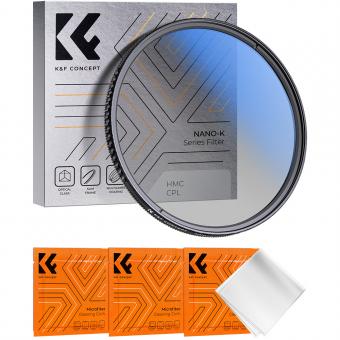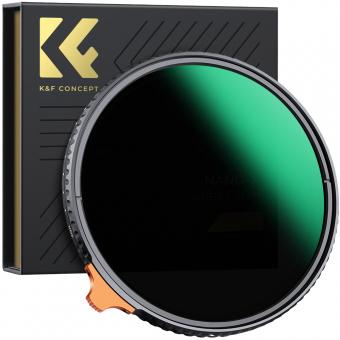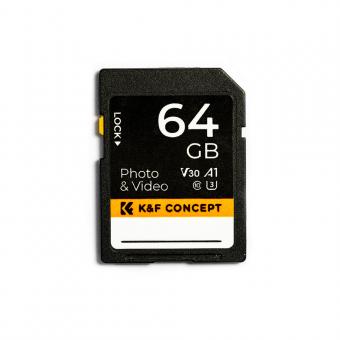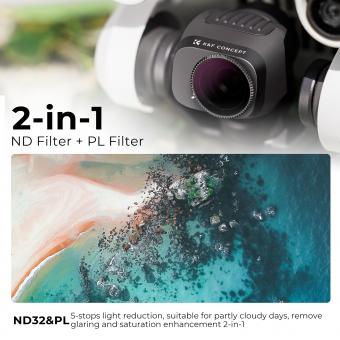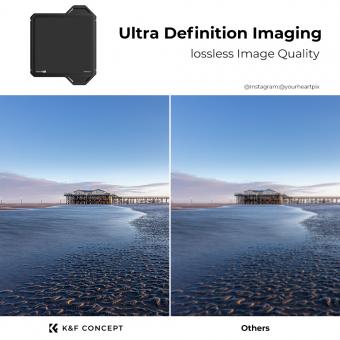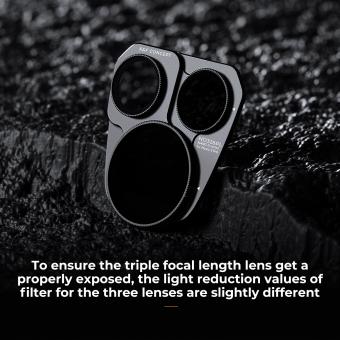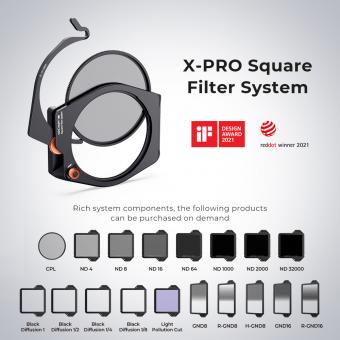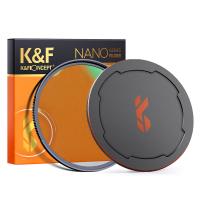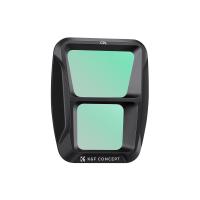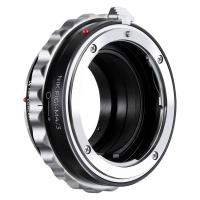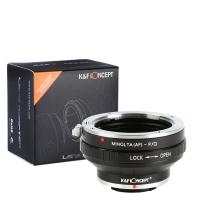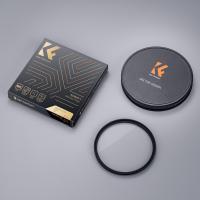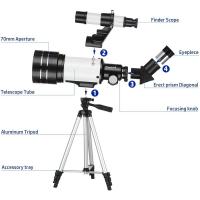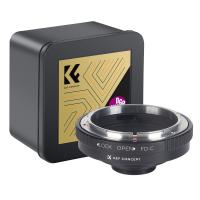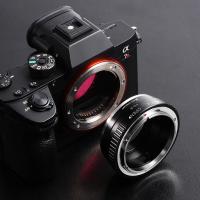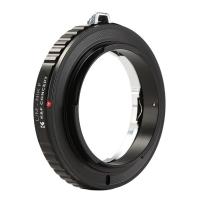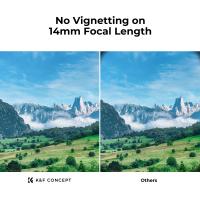How Many Stops Is Nd 1000 ?
ND 1000 is a type of neutral density filter that reduces the amount of light entering the camera lens by 10 stops.
1、 Neutral Density Filters
"How many stops is nd 1000" is a common question among photographers and videographers who use Neutral Density (ND) filters. ND filters are used to reduce the amount of light entering the camera lens, allowing for longer exposure times or wider apertures without overexposing the image. ND filters are rated by their density, which is measured in stops. The higher the density, the more stops of light are blocked.
ND 1000 is a popular density rating for ND filters, and it blocks 10 stops of light. This means that if you were shooting with a shutter speed of 1/1000th of a second without the filter, you would need to use a shutter speed of 1 second with the ND 1000 filter to achieve the same exposure. This can be useful for creating long exposure effects, such as smoothing out water or capturing motion blur in moving subjects.
It's worth noting that there are other density ratings available for ND filters, ranging from ND2 (1 stop) to ND100000 (16.5 stops). The choice of density will depend on the specific shooting situation and desired effect. Additionally, some ND filters are variable, meaning they can be adjusted to block different amounts of light by rotating the filter.
Overall, ND filters are a valuable tool for photographers and videographers looking to control exposure and create unique effects in their work.
2、 ND Filter Stops
"ND Filter Stops" refers to the amount of light that an ND filter blocks from entering the camera lens. ND 1000 is a type of ND filter that blocks 10 stops of light. This means that it reduces the amount of light entering the camera by a factor of 1000, allowing for longer exposure times and wider apertures in bright conditions.
The number of stops blocked by an ND filter is important for photographers who want to control the amount of light entering their camera. ND filters are commonly used in landscape photography to create long exposure effects, such as smoothing out water or clouds. They can also be used in portrait photography to achieve a shallow depth of field in bright conditions.
It is worth noting that the number of stops blocked by an ND filter is not the only factor to consider when choosing a filter. The quality of the filter, its color neutrality, and its compatibility with your camera and lens are also important factors to consider.
In summary, ND 1000 blocks 10 stops of light, making it a popular choice for photographers who want to achieve long exposure effects or shallow depth of field in bright conditions. However, it is important to consider other factors when choosing an ND filter.
3、 ND Filter Strengths
"How many stops is ND 1000?" is a common question among photographers and videographers who are looking to purchase an ND filter. ND stands for Neutral Density, and it is a type of filter that reduces the amount of light entering the lens without affecting the color or contrast of the image. ND filters are commonly used in landscape photography, long exposure photography, and videography to achieve creative effects such as motion blur and shallow depth of field.
ND filters are available in different strengths, which are measured in stops. A stop is a unit of measurement that represents a doubling or halving of the amount of light entering the lens. For example, an ND2 filter reduces the amount of light entering the lens by one stop, while an ND1000 filter reduces the amount of light entering the lens by ten stops.
Therefore, ND 1000 filter reduces the amount of light entering the lens by ten stops. This means that it allows you to use a slower shutter speed or wider aperture in bright conditions without overexposing the image. ND 1000 filters are commonly used for long exposure photography, where a slow shutter speed is required to capture motion blur, such as in waterfalls or seascapes.
In conclusion, ND 1000 filter reduces the amount of light entering the lens by ten stops, making it an essential tool for photographers and videographers who want to achieve creative effects in bright conditions. However, it is important to note that the strength of the ND filter you choose will depend on the specific shooting conditions and the effect you want to achieve.
4、 ND Filter Uses
How many stops is ND 1000? ND 1000 is a type of neutral density filter that reduces the amount of light entering the camera lens by 10 stops. This means that it allows you to use slower shutter speeds or wider apertures in bright conditions without overexposing your image. ND filters are commonly used in landscape photography to create long exposure effects, such as smoothing out water or clouds, or to capture motion blur in moving subjects.
ND filters are also useful in video production, where they can be used to maintain a consistent exposure while changing lighting conditions. They can also be used to achieve a shallow depth of field in bright conditions, which is particularly useful for portrait photography.
In recent years, ND filters have become increasingly popular among drone photographers and videographers. The small sensors on drones often struggle to capture detail in bright conditions, and ND filters can help to balance the exposure and improve the overall image quality.
Overall, ND filters are a versatile tool for photographers and videographers, and ND 1000 is a popular choice for those looking to achieve long exposure effects or maintain a consistent exposure in bright conditions.


